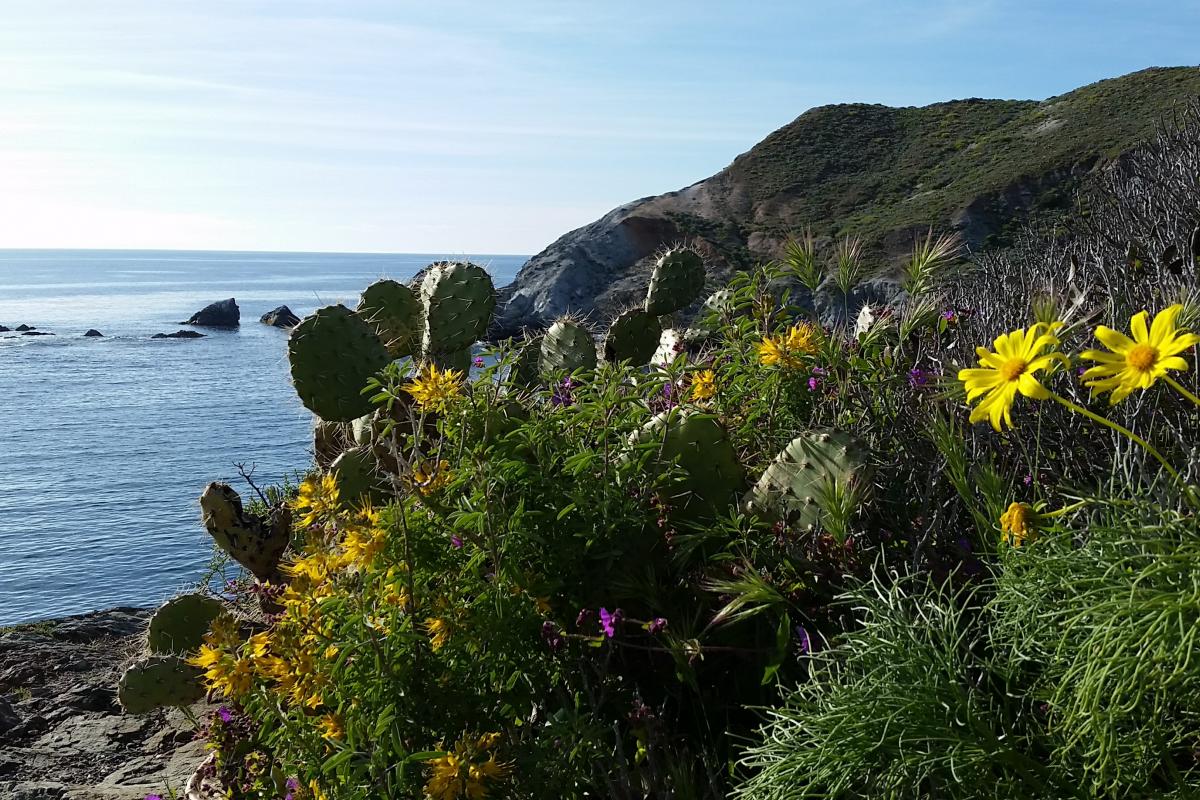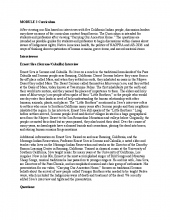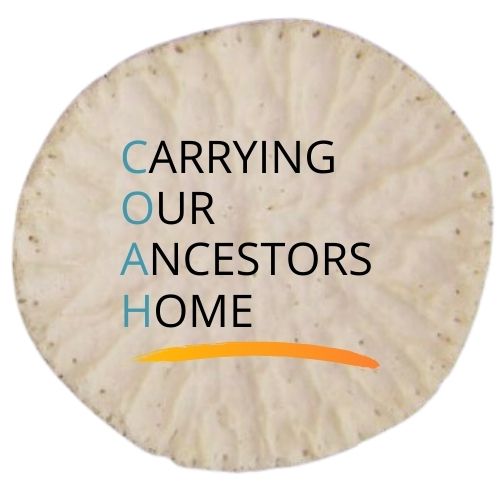Module 3.0: Health Consequences in Carrying for Our Ancestors, Clifford Trafzer and Daniel Archuleta

Module 3.0: Health Consequences in Carrying for Our Ancestors, Clifford Trafzer and Daniel Archuleta
Part 1 Matthew Hanks Leivas, “Listen to Me!”: Leivas discusses the urgency of repatriation and how sacred objects and ancestors belong to their respective communities. The remains of Ancestors are not trophies to be displayed. He passionately pleads for the return of his Chemehuevi relatives.
Part 2 and 3 Sean Milanovich : “Healing and Strength When Caring for the Dead.” Milanovich explained that Native people need to feed collections in archives, bringing them water and food to remind them that their relatives have not forgotten them. Sean Sings a Bird song. He offers a brief description of Cahuilla Creation. He speaks about the healing that happens when tribal members bring their relatives home for reburial. He explains that it causes suffering, sickness, and disease if their remains are not properly cared for. He shares a personal story about his father and how they reinterred a relative.
Part 3: “Reinternment of Ancestors and Ceremonies for the Living and Dead.” Milanovich speaks to the importance of intertribal relationships that help determine where ancestors are interred. He explains the importance of cleaning yourself with smoke for protection and the importance of feeding the people/non-human relatives as part of the ceremony. He explains how remains should be reburied in a tribal cemetery or as near to where they originally disinterred. In this way, the Ancestors will be close to their relatives. The interred should be in a familiar place. Our relatives are always listening to us and communicating in various ways. Milanovich focused on the importance of individual, familial, and tribal healing that results from the proper care of the dead and the importance of wakes among his people. He argues forcefully for the return of Ancestral remains housed in boxes and bags within the University of California, especially UC Berkeley.
Part 4 Cindi Alvitre, “Righting Historical Wrongs” She discusses her experience working in the area of NAGPRA at California State University, Long Beach. Alvitre discusses issues surrounding the preservation and protection of Puvunga, as well as her involvement with NAGPRA on campus. She singles out the role of Anthropologists in the past that controlled NAGPRA in California and the Arthur Sanger’s skull collection.
Part 5 Lorene Sisquoc, “Beheading and Robbing Native Graves” Sisquoc stresses the theft and desecration of members of her family. American soldiers murdered her relative, Apache Chief Mangas Coloradas, cut off his head, and sent it to Washington, D. C. It has never been repatriated. On the Cahuilla side of her family, a group of white men dressed in black exhumed her great-grandmother’s body interred at the Soboba Reservation Cemetery and cut off her head after the one-year “doings” or anniversary ceremony to end the time of mourning.
Part 6 Ernest Siva, “We Are All Related” Siva explains that at the time of Serrano creation, the Creator explained that one day “Younger Brothers” would arrive in their homelands. The Creator saw the coming of settlers, described in the oral literature about creation as “Younger Brothers,” (non-Native People; Settlers; Newcomers) who would act impulsively and make mistakes in their treatment of other people and the environment. The Creator told Serrano people that they must learn the ways of “Younger Brother” and teach them how to act in accordance with Indigenous creation. He mentions the cemetery at the former St. Boniface Indian School in Banning, California, and the fact that repatriation of human remains is an ongoing process. The Creator taught Serranos that Younger Brother would make mistakes but Serranos would help them see these mistakes. Serranos were told not carry hate or hold onto bitterness in spite of what “Younger Brother” did to them.

